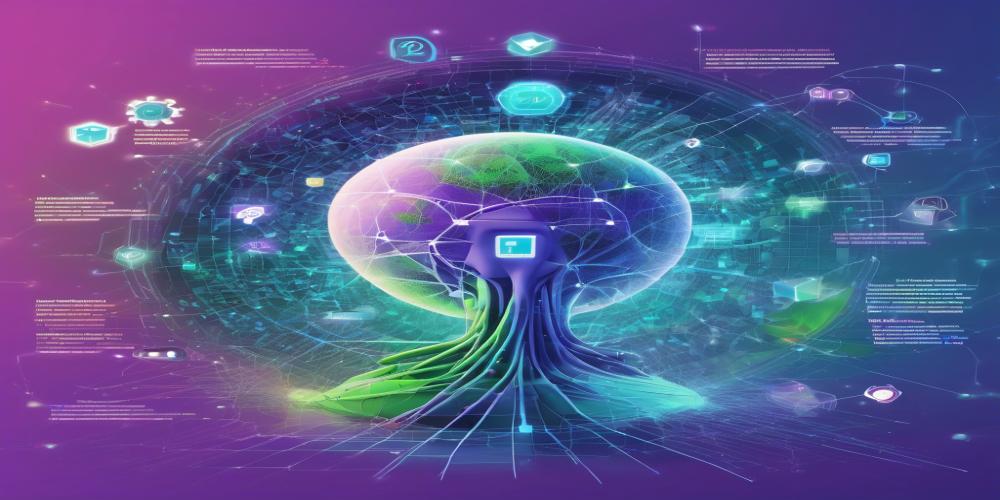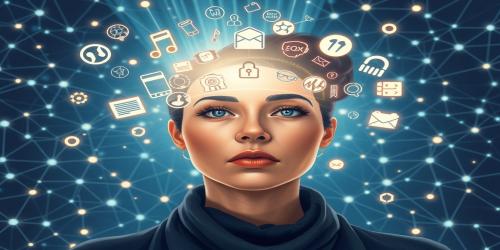AI Innovations Transforming SEO in 2025
Natural Language Processing (NLP) Enhancement
One of the cornerstone AI technologies that is significantly transforming SEO in 2025 is Natural Language Processing (NLP). With Google’s BERT (Bidirectional Encoder Representations from Transformers) update already making waves in the past, the latest iterations have become even more sophisticated. These advanced NLP models better understand the context and intent behind search queries. Consequently, SEO strategies now need to focus on creating content that naturally answers users' questions comprehensively rather than merely stuffing keywords.
How NLP is Changing Content Creation
Content creators must now write in a conversational manner, mimicking human speech patterns and addressing multiple facets of a query. This means that blog posts should be well-structured, including headers, subheaders, and bullet points that make it easier for search engines to understand the main points of the content. Moreover, the focus should be on quality and depth, ensuring that the content is useful and answers the query thoroughly.
AI-Driven Content Generation
AI content generation tools such as GPT-4 (and beyond) are becoming prevalent in 2025. These tools are capable of generating high-quality, human-like text which can be used for blog posts, product descriptions, and even social media updates. Although the use of AI for content generation might spark debates about authenticity and creativity, it's undeniable that these tools save time and provide a starting point for content creation which can then be refined by human editors.
Benefits and Challenges of AI Content Generation
- Benefits: Faster content production, cost reduction, and the ability to scale content marketing efforts. Additionally, AI can help generate personalized content based on user behaviors and preferences.
- Challenges: Ensuring that AI-generated content maintains a human touch, is factually accurate, and adheres to SEO best practices such as keyword integration and maintaining a natural flow.
Predictive Analytics and SEO
AI-driven predictive analytics is another innovation that provides actionable insights for SEO strategy. By analyzing historical data and current trends, predictive analytics can forecast future search trends and keyword performance with remarkable accuracy. This allows marketers to anticipate what content will be relevant and how to strategically plan their SEO campaigns.
Implementing Predictive Analytics
To leverage predictive analytics effectively, SEO specialists need to integrate AI tools that analyze various data points including search query trends, user behavior, and competitor performance. Such tools can recommend the best times to publish content, identify emerging keywords, and even predict algorithm changes.
Voice Search Optimization
The rise of voice-activated assistants such as Amazon’s Alexa, Google Assistant, and Apple’s Siri has made voice search a critical component of SEO. AI plays a crucial role in enabling these devices to understand and process natural language queries accurately. By 2025, voice search adoption is expected to reach new heights, making it imperative for businesses to optimize their content accordingly.
Optimizing for Voice Search
To optimize for voice search, businesses need to focus on long-tail keywords and question-based queries. For instance, instead of targeting “best restaurants NYC,” a more conversational question such as “What are the best restaurants in New York City?” should be the focal point. Additionally, aiming for a featured snippet or "position zero" on Google results becomes essential as voice search devices often read out results from this section.
Visual Search and Image Recognition
Visual search technology is another AI innovation making a significant impact on SEO. With platforms like Google Lens and Pinterest Lens, users can search for information by uploading images instead of typing keywords. AI-powered image recognition algorithms enable search engines to understand the content within images and provide relevant search results.
Optimizing Images for Visual Search
To make the most of visual search, ensure that images on your website are high-quality and include descriptive alt text. Additionally, using structured data (such as Schema markup) can help search engines understand the context of images better. Properly tagging images and using descriptive file names also contribute to better indexing and ranking in visual search results.
Personalized Search Experiences
AI enables personalized search experiences by analyzing individual user behavior, preferences, and search history. Search engines can deliver highly personalized results that align with a user’s past interactions and preferences. This makes it vital for marketers to understand their target audience deeply and create content that caters to specific segments within their audience.
Creating Personalized Content
To keep up with personalized search, businesses should leverage AI tools that segment their audience based on behaviors such as past purchases, search histories, and browsing patterns. Generating content that caters to these segments can increase engagement and conversions. Personalized email marketing and dynamic website content tailored to individual users are also strategies that can be employed.
Conclusion
The integration of AI in SEO is ushering in a new era of digital marketing where user intent, personalized experiences, and predictive insights take center stage. From NLP and content generation to voice search and image recognition, AI innovations in 2025 are transforming SEO in ways that make it more efficient and user-focused. As AI technologies continue to evolve, staying updated with these trends and adapting SEO strategies accordingly will be crucial for businesses aiming to stay competitive in the digital landscape.
Adopting these AI-driven SEO innovations not only enhances visibility on search engines but also significantly improves the user experience, ultimately driving better results for businesses worldwide.










